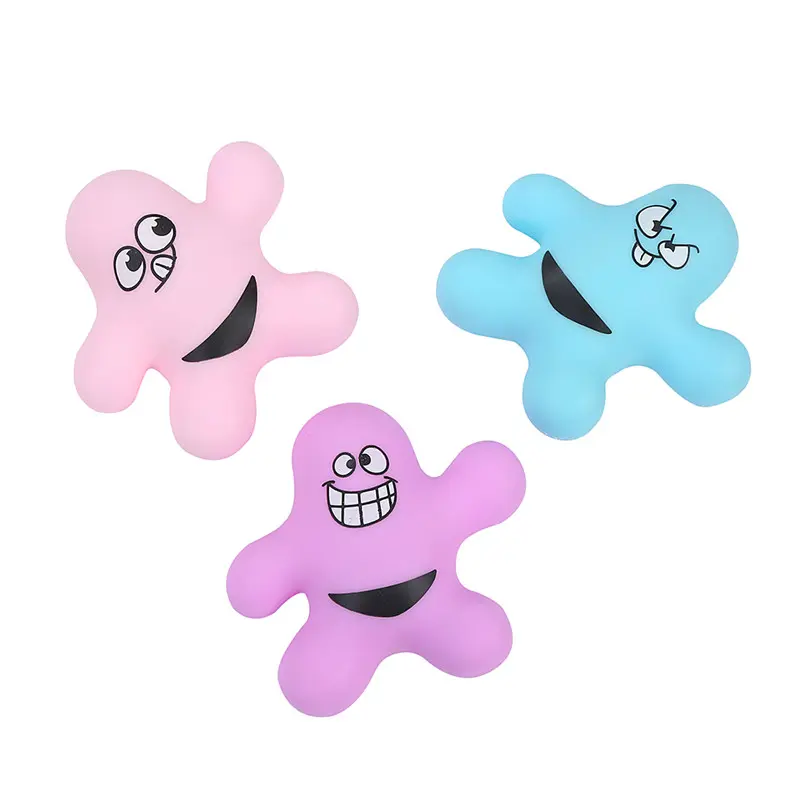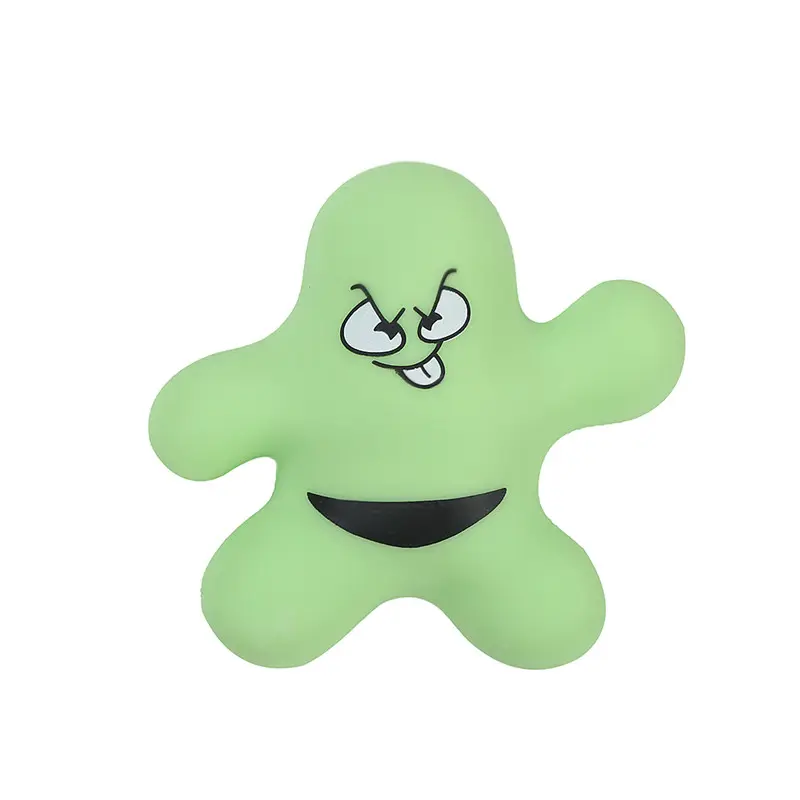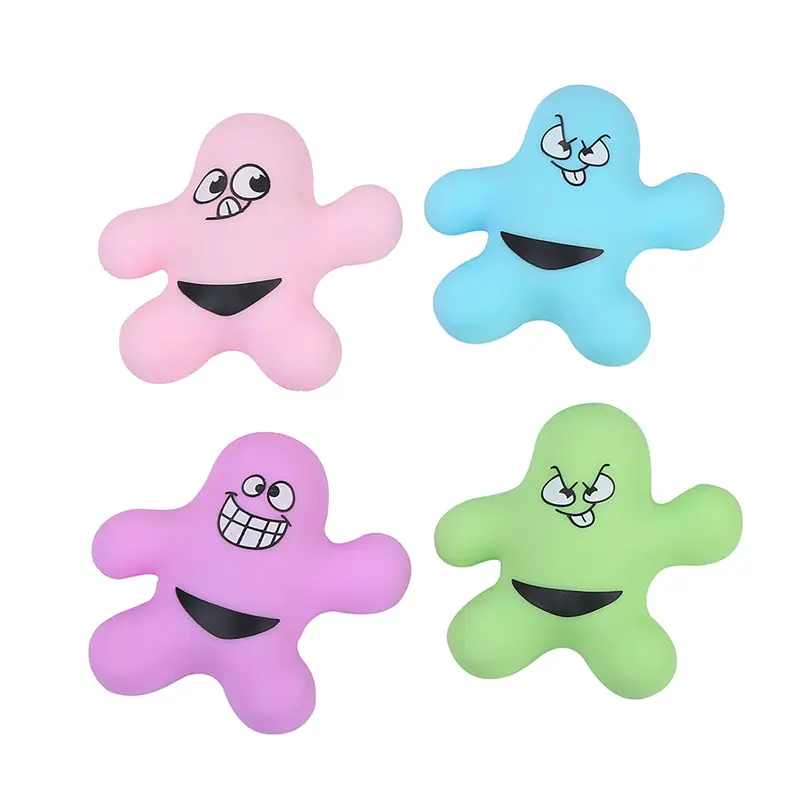Inflatable balls aren’t just for play; they’re also a valuable tool in the occupational therapy field. Occupational therapists often use inflatable balls as a means of helping individuals improve their physical, cognitive, and emotional health. These versatile tools can be used for a variety of therapeutic activities, making them a valuable asset in the occupational therapy tool kit.
One of the main benefits of using inflatable balls in occupational therapy is their ability to promote physical activity and movement. For people with limited mobility or motor skills, participating in inflatable ball activities can help improve coordination, balance, and strength. By incorporating exercises such as throwing, catching, and kicking a ball, therapists can help clients improve motor skills and overall physical fitness.
In addition to their physical benefits, inflatable balls can also be used to support cognitive development. Therapists often use inflatable balls to incorporate games and activities that require problem-solving, planning, and decision-making skills. For example, a client might be tasked with guiding a ball through an obstacle course or participating in a game of catch that requires strategic thinking and coordination. These activities not only stimulate cognitive function but also provide individuals with a fun and engaging way to improve their cognitive abilities.
Additionally, inflatable balls can serve as an effective tool in sensory integration therapy. Many people, especially those with sensory processing disorders, can benefit from activities that provide sensory input in a controlled and therapeutic way. Inflatable balls can be used to provide tactile, proprioceptive and vestibular input to help individuals regulate sensory experience and improve overall sensory processing.
Another important aspect of using inflatable balls in occupational therapy is their ability to promote social interaction and emotional well-being. Group activities involving inflatable balls encourage the development of teamwork, communication and social skills. By participating in games and exercises with others, individuals can build relationships, develop social confidence, and experience a sense of belonging and inclusion.
Inflatable balls also provide a creative avenue for therapists to design customized activities based on the specific needs and goals of their clients. Whether using the ball for stretching and flexibility exercises, practicing hand-eye coordination, or performing relaxation and mindfulness activities, the versatility of the inflatable ball allows therapists to tailor interventions to achieve a wide range of treatment goals.
Additionally, the use of inflatable balls in occupational therapy can extend beyond traditional clinical settings. Therapists can incorporate these tools into home exercise programs, school-based interventions, and community activities to provide clients with opportunities to continue treatment progress beyond therapy sessions.
It is important to note that while inflatable balls offer many benefits in occupational therapy, their use should be directed by a trained and experienced therapist. Proper assessment, intervention planning, and supervision are essential to ensure the safe and effective use of inflatable balls as a therapeutic tool.
In summary, inflatable balls are a valuable and versatile resource in the occupational therapy field. From promoting physical activity and cognitive development to supporting sensory integration and social interaction, these inflatable tools offer a wide range of therapeutic benefits. By combining creative and engaging activities with inflatable balls, occupational therapists can help individuals improve their overall well-being and quality of life. As the field of occupational therapy continues to evolve, inflatable balls continue to be a valuable and effective tool to meet the varying needs of clients of varying ages and abilities.
Post time: Jul-01-2024


